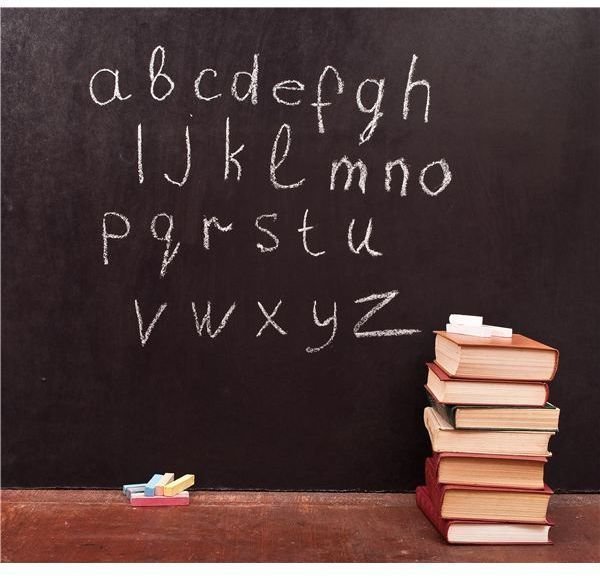Resources for Teaching Students That Are Visually Impaired
Teaching Those with Visual Impairments
Many children with disabilities can be challenging to teach. Students with visual impairments, in particular, can be especially difficult to
accommodate because much of learning is a visual process. Everything from classroom arrangement to access to learning materials must be considered when educating students with partial or no sight. Educators should think about involving and improving a student’s other senses when planning lessons.
Whether you have previously taught a child with visual impairments or are welcoming such a student into your classroom for the first time, having plenty of information about educating these students is necessary. From general information on visual impairments to instructional strategies and assistive devices, the following articles will provide what you need to know.
General Information on Visual Impairments
Visual difficulties can range from having partial sight to being totally blind. Early identification of children with sight problems can either lead to possible therapeutic or surgical correction or early intervention services to develop socially and academically. Depending on the degree of vision impairment, children can gain access to educational materials with assistive devices and technology or by learning Braille. Although inclusion of these students is ideal, placement should be based on an individual’s needs.
- Types of Visual Impairments
- The Early Signs of Visual Impairment
- Educational Placement
- The Braille Alphabet
- Choosing From Braille Curricula
Teaching Strategies
From the beginning of a child’s education, teachers make the difference in making learning accessible to a student with vision loss. Educators should maintain high expectations for these students. Teachers, parents, and students should remain in close contact with one another to ensure student success.
Educators should maintain the same classroom arrangement to help students with visual impairments to familiarize themselves with the environment. Instruction should be adapted to include more oral information and tactile experiences. Tape recorders should be used regularly. Printed information should be enlarged or transcribed into Braille. In fact, teachers have many options in Braille curriculum for early readers.
- Educating Visually Impaired Preschoolers
- Teaching Suggestions
- Curriculum Options for Braille
- Teaching Students with Low Vision
- Books for Young Visually Impaired Children
Aids and Assistive Technology
Many aids and technologies can assist students with visual impairments in getting around independently, from seeing-eye dogs to specialized canes. For the classroom, page magnifiers come in different shapes and sizes to enlarge words and diagrams on a page. Standard computer software comes with settings to adjust text size, font, colors, brightness, and contrast to make words and images on the monitor easier to see. Finally, voice recognition software and screen magnification software enable users to input information into a computer and see the output.
Making Art Accessible
Students with visual impairment can enjoy creating art with the proper lighting, brightly colored equipment, and supplies. Clay activities especially allow children to be creative through the sense of touch. Other classes in the arts, such as theater arts, can be adapted to enable participation and develop social skills.
Adapted Games and Toys
Games and toys become much more important than play as they teach a variety of skills, including social interaction. Braille can be used on dice and cards to include those who are blind. While playing, oral instructions should be reviewed as children will not be able to rely on sight to learn the rules. Likewise, toys that talk, produce sounds, and move provide auditory reinforcement and teach about movement.
Social Skills and Other Issues
As with many students with disabilities, those who have visual impairments need additional instruction in developing social skills. Peers can help these students tremendously by acting as mentors and modeling positive communication and social interaction. Parents, teachers, and community members should work together to teach daily living skills.
When high school students with visual disabilities near graduation, transition planning becomes particularly important to prepare students for postsecondary education and employment. Orientation and mobility skills and transportation options should be considered as students work to achieve greater independence. Community resources and mentoring opportunities should also be explored.
A Final Word
Teaching students with visual impairments requires collaboration among general classroom teachers, inclusion specialists, parents, and students. Inclusion in the general classroom not only benefits students with visual impairments, but also offers classmates opportunities to learn in different ways.
Have you had a unique experience in educating a student that is visually impaired? Leave a comment and share your story of seeing new educational possibilities. By sharing our experiences, we can strengthen our skills.
References
- Author’s own experience.
